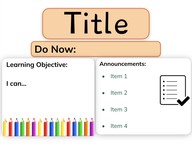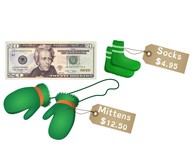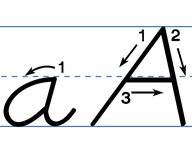
Converting fractions greater than 1 to mixed numbers after adding
I can convert fractions greater than 1 to mixed numbers after addition.
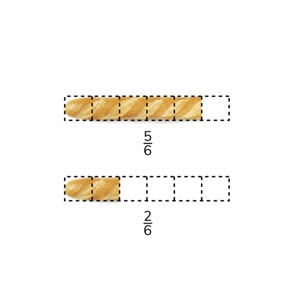
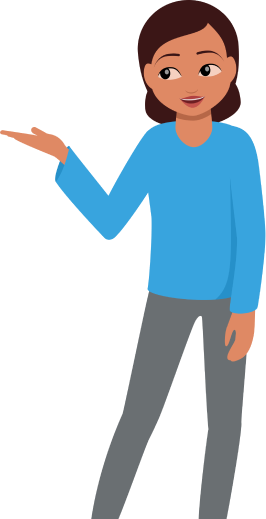

8,000 schools use Gynzy
92,000 teachers use Gynzy
1,600,000 students use Gynzy
General
Students learn to add fractions with common denominators and add to fractions greater than 1, and learn to convert them to mixed numbers.
Common core standard(s)
CCSS.MATH.CONTENT.4.NF.B.3.C
Relevance
Discuss with students that it is useful to learn how to add fractions with a common denominator and learn to add to a fraction greater than 1 so you can determine how much you have in total.
Introduction
Show students a fraction and ask them to simplify it as much as possible. Erase the grey box to reveal the answer.
Development
Remind students that fractions with common denominators have denominators that are the same. You can add the numerators when the denominators are the same. Using the image, show how to add to a fraction greater than 1. There is 1 3//4 of a cake. Another 2//4 are added. If you add the fractions together, you get 1 5//4 of cake. Since this is a fraction greater than 1 you can convert it into a mixed number so your total becomes 2 1//4. Ask students to solve a few problems with visual support. Then explain to students that solving these addition problems without visual support is exactly the same. You add the fractions with common denominators by adding the numerators. Then see if you have a fraction greater than 1 that you can convert into a mixed number. Practice a few of these exercises as a class. Finally explain to students how to solve fraction story problems. They must first determine the fractions from the word problem and then solve for the answer. Do one as a class and then ask students to solve on their own.
Check that students understand converting fractions greater than 1 to mixed numbers after adding by asking the following question:
- What do you do if you want to add fractions with a common denominator?
Guided practice
Students first are asked to add fractions with common denominators with visual support. Students then solve without visual support and finally are given fraction story problems to solve.
Closing
Discuss the importance of being able to convert from fractions greater than 1 to mixed numbers after adding with your students. That will allow you to add fractions easily. On the interactive whiteboard, show a number of fractions that students must add. Each addition problem is linked to an image that they must drag to the correct answer. If all images are placed correctly, a completed picture is made.
Teaching tips
Students who have difficulty adding fractions with common denominators can first practice adding fractions that don't become greater than 1. Then they can practice adding to fractions greater than 1 and converting to mixed numbers.
The online teaching platform for interactive whiteboards and displays in schools
Save time building lessons
Manage the classroom more efficiently
Increase student engagement
Discover more!
About Gynzy
Gynzy is an online teaching platform for interactive whiteboards and displays in schools.
With a focus on elementary education, Gynzy’s Whiteboard, digital tools, and activities make it easy for teachers to save time building lessons, increase student engagement, and make classroom management more efficient.
